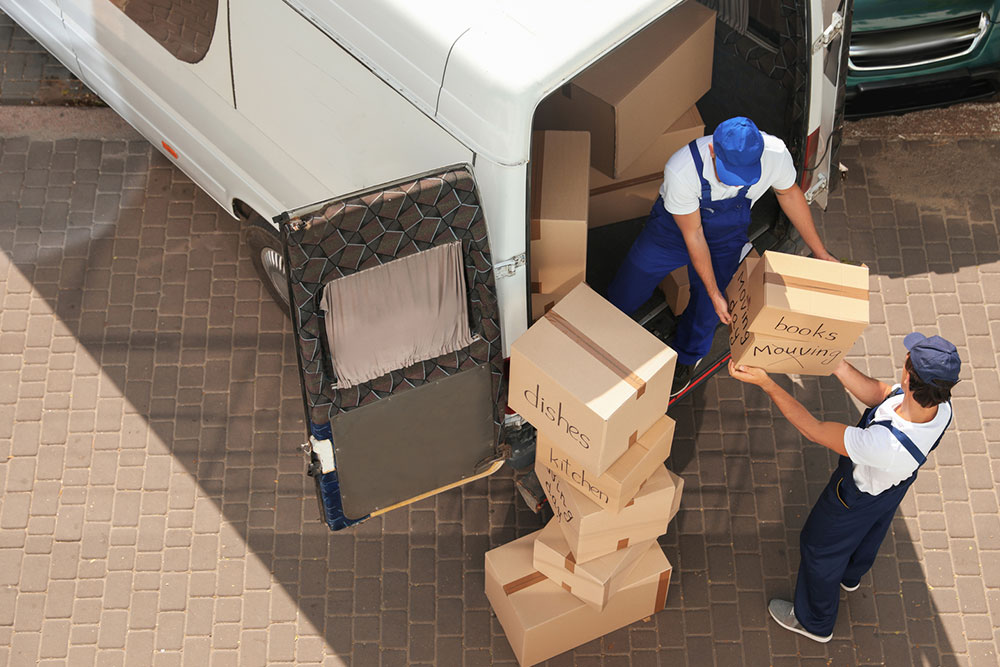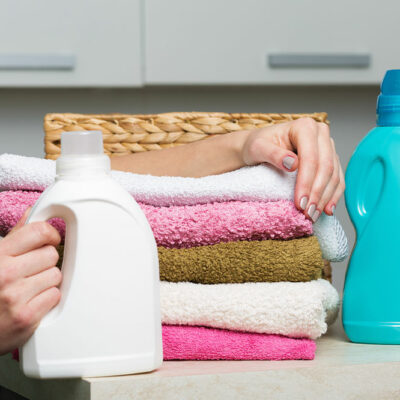
14 common mistakes to avoid when moving
Moving is an exciting time with the anticipation of a new home and a fresh start. However, the sheer proportion of the task may feel overwhelming. Moving to a new place is not easy; it requires time, money, effort, and proper planning. Without planning, the whole experience may not be a pleasant one. This article enlists 14 common mistakes people must avoid when moving to reduce hiccups and streamline the process.
Forgetting to declutter ahead of time
When it comes to organization, decluttering is essential. Not only does it help eliminate things that are no longer needed, it also creates space for new items. This may be especially fruitful when moving to a smaller home or one that is configured differently. Instead of waiting to declutter post-moving, begin the process a month before the planned moving date. Afterward, one can host a garage sale, donate things, or give them to loved ones.
Not having enough packing materials
Estimating the number of boxes and cartons needed to pack everything away can be challenging. To avoid the problem of having too many boxes or purchasing expensive supplies from companies, one must start collecting delivery boxes a few months in advance. These can help simplify the packing process and reduce overhead costs as well.
Packing too early or too late
Given the time-consuming nature of packing, one may leave it until the last minute. This can add to the stress of moving, leading to forgetting important things, mislabeling, or even causing damage around the house.
Alternatively, others may be excited to move, causing them to start packing too soon. This can get in the way of daily life. For those keen to start early, begin with the non-essentials, such as out-of-season clothing or extra supplies.
To streamline this process, one may also consider hiring professional moving companies that can help with everything from boxes to secure packaging and long-distance movement of goods.
Failing to research the movers
There are many moving companies to choose from, offering various services. To find the right company for one’s needs, it is important to read reviews, get referrals, and contact a few companies to ask for more information and estimates. Comparing prices can also help one find better quality movers at more affordable costs.
Forgetting to take measurements
One must plan their move well. Before moving day, be sure to take measurements of the clearance space in the new home. This will help ensure that all the furniture and other essentials will fit through the doors, hallways, and other passageways.
Skipping box-labeling
Labeling can help make unboxing and setting up one’s new home a breeze. While listing every item on the label is unnecessary, add broad categories to help recognize the boxes and sort them by room – such as kitchen supplies, utensils, bath products, or summer/winter clothes. Use permanent markers for this purpose so the ink does not fade away.
Packing flammable or corrosive materials
Packing flammable or corrosive materials may pose severe health and safety risks for everyone involved. Before beginning packing and loading, give away these materials or dispose of them safely.
Failing to double-wrap fragile items before packaging
Fragile items such as glassware or crockery need to be wrapped carefully. Use bubble wrap around these items, and place them between towels or sheets to create a cushion in case of mishaps. Not only will this help keep one’s things safer, but it will also reduce the risk of injuries for anyone handling those boxes.
Getting the wrong insurance
Moving companies may ask one to choose between several kinds of insurance, such as released-value or full-value cover. In case of loss or damage to property, these can be a lifesaver! Be sure to get the right kind of insurance based on one’s belongings and the perceived risks involved (for instance, interstate or international movement may pose a higher risk of damage).
Not having a moving checklist
Create several physical or digital checklists for the move. The sheer amount of activity on moving day can be overwhelming. Reduce this stress by relying on handy lists with details about what to pack, travel arrangements to make, and the contents of certain boxes. This will help establish a better flow and help one feel accomplished afterward.
Forgetting to pack an essentials bag
Small items often get lost in a slew of boxes. Pack a separate duffel bag or suitcase as a moving essentials bag to avoid scrambling for keys, wallets, and phones later. This bag will carry all of the necessities. Here are some essential things to add to this bag:
- Necessities: Extra clothes, wallet, keys, toiletries, water, non-perishable snacks, etc.
- Electronics: Phone, laptop, tablet, chargers, etc.
- Additional items: Basic kitchen and cleaning supplies
- For kids: Milk, packaged food, toys, clothes, diapers, etc.
- Valuables: Important documents and jewelry
Ignoring parking permit requirements
When moving to cities, permits may be necessary for parking the moving trucks on the street. This is applicable for both the current and new home. File the paperwork well in advance, which may take some time to process.
Packing heavy items in large boxes
Pack heavy items in smaller boxes. This will help move them more efficiently and reduce the strain on the back, shoulder, and legs.
Not preparing the refrigerator before moving day
People often leave this task to the last minute. However, a dirty or wet refrigerator can ruin other things around it. Here’s how to prepare the refrigerator in advance:
- Clean the fridge and remove all the shelves
- Unplug and defrost it at least 24 hours before moving
- Empty the water tray and leave the fridge doors open to remove any odors or smells
- Pack all the racks separately to avoid damage or breakage


